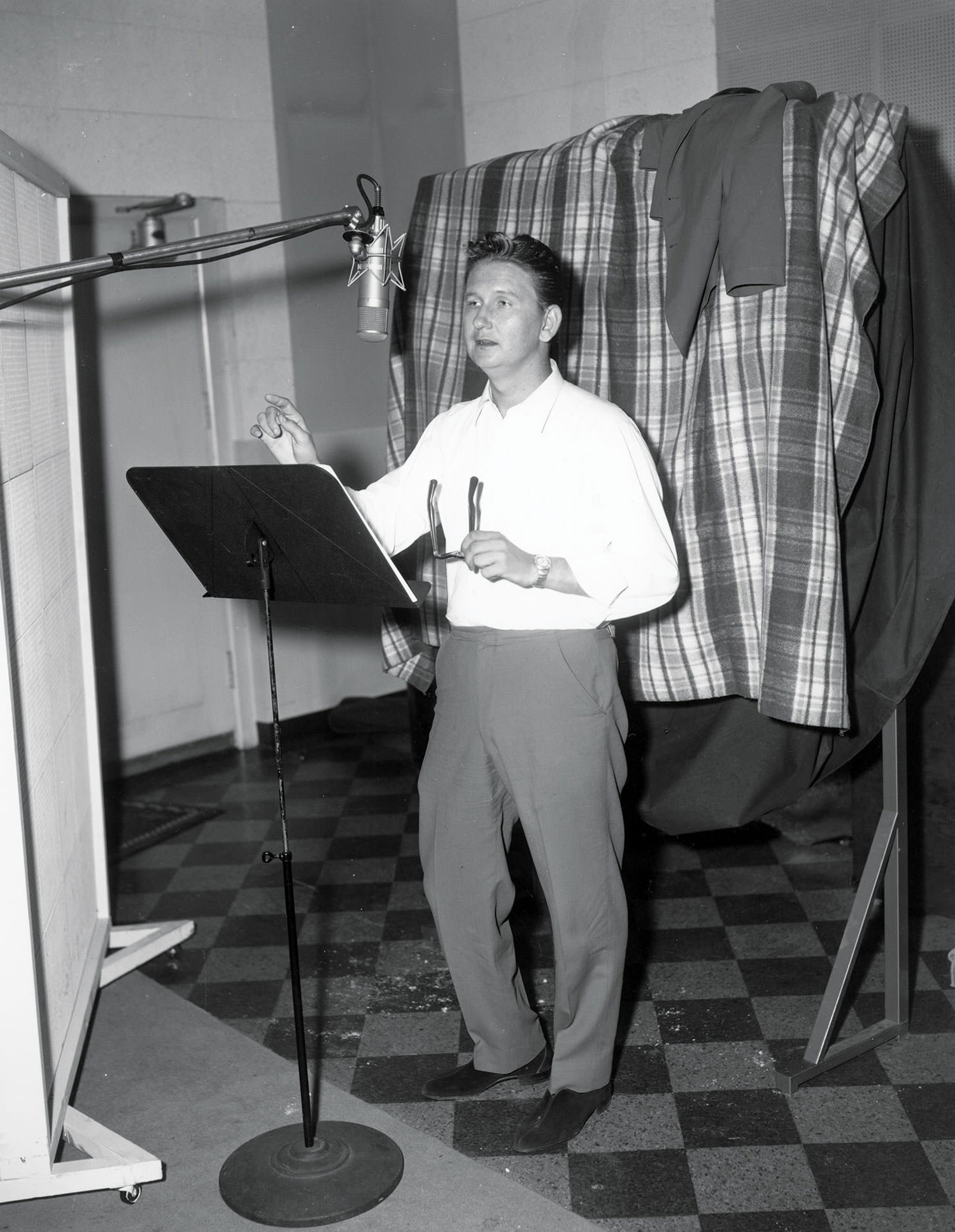A while back I received a mail order catalog from PAIA, a company in Oklahoma that manufactures electronic project kits to build music-orientated devices. I remember seeing this catalog in High School when I was an electronics class geek, but, back then, most of the things they offered were of little use to me. Now, with my cozy little recording studio in full swing, things like headphone amps, signal processors, and the cheapest Theremin ($166!) I've ever heard of sound like fun. But the one thing that really caught my eye was a $68.85 tube mic preamp, so I ordered one.
Now, keep in mind that these are kits. You get a bag of parts and a little booklet the size of this mag, and you're expected to know how to solder, identify components and be able to follow instructions. Luckily for me, I had years of tech-goon experience, having built electronic stuff from scratch, and I worked in a factory for a bit, soldering computer circuit boards under a microscope. Maybe overqualified, but assembling this kit still took me a 10 hour day, 3 aspirin and 4 beers.
The way they sell their mic preamp kits, they'd like you to purchase two kits and the custom rack-mount case to install them in, still not a bad deal at $160, but leave it to me to buck the trend. I figured I'd order one and see if I liked it. That way I'd only spend $69, less than half the price of the new ART Tube MP mic pre that I'd been eyeing. I also figured I'd mount in a cheap Radio Shack case, which would especially terrify clients in the studio ("Don't run my vocals through that thing!").
That's where the problems began. Soldering all the components to the circuit board was no problem. I actually enjoy this kind of work, sick person that I am. Once I had all the pieces soldered on with wires hanging off and switches and potentiometers dangling away I drove over to weird ol' Radio Shack to pick out a suitably ugly case to mount this project in. I found a dorky looking box, brought it home, and found out it was too small. I made do by flipping the tube over so it's above the circuit board, which is probably not a good idea, due to heat and rf-type leakage. Oh well.
Then I discovered that the instructions are geared solely towards mounting the preamp in the rack mount case that they wanted me to buy. This meant that parts were identified by numbers, i.e. J1 for the phono jack, S3 for a switch, etc. and that meant that even if I mounted these in my dumb box, I didn't know what they did. Is this the power switch or the polarity switch? Some, I could identify by how they were connected but the rest? I ended up mounting them in my case in the same order as shown for the real case, except I put the input jack (J3) in the rear of the cabinet instead of the front. Anyway, I then grabbed the PAIA catalog and looked really close at the fuzzy picture of the preamp case and was barely able to read which knob and switch was what.
The controls give you knobs for tube overdrive, blend and output with switches for phantom power, phase inversion and power. The tube overdrive does what it says, pushing the tube harder as it's turned to the right. Distortion starts occurring on most sounds about 1/3 or 3/4 of the way to full and it's a sweet overdrive, not a scratchy, ugly sound. You can also change the setting on the internal trimmer (R22) pot to provide more gain and different distortion harmonics generated if you're looking for brighter distortion sounds. The blend control mixes straight input signal with tube derived signal. I've been running it fully on the tube side and it sounds best. The output knob controls the output level, obviously. Like most gear, it seems to work best around 3/4 of the way up. The phantom power switch is for powered condenser mics, a nice bonus feature you might not expect on an inexpensive preamp. The phase inversion switch is for eliminating mic cancellation, a whole 'nother topic in itself but a convenient little feature, and the power switch's function should be obvious.
Anyway, it all worked out. I hooked up the preamp to a Shure 57 and into my mixing board (a Soundcraft Spirit Folio RacPac something or other) with the trim control all the way down and EQ flat. This is what I've been using for all the vocal tracks lately, and it sounds quite fine, not as bright and raspy as the board's preamp but instead with a warm, natural sound. It also made a cheap little condenser mic sound better when miking an acoustic guitar (from about 3 feet away) and I gave some drum tracks a bit of edge by running an extra mic across the room from the drums, maxing out the controls and blending a little into the mix.
For even more sonic clarity, you can take the output of the preamp right into your tape deck, eliminating any extra noise and tonal shaping your mixer may introduce. A friend of mine built some of these preamps and he, being way more knowledgeable than I about electronics, called PAIA and got information over the phone for some interesting modifications. One involves eliminating the "blend" control stage, thus cleaning up the signal a bit by running it through less circuits and giving the user a tube-processed only signal. Another modification has to do with building a separate power supply for the tube, and running it hotter for more "tube" effect. He says this is easy to construct, but I've got no idea how. Feel free to call PAIA, if you buy any of their kits, since they seem to be real supportive of modifications and know what they're talking about.
In conclusion, I feel the PAIA Tube Mic Preamp is well worth the money spent on it, providing one knows the basics of electronic construction. It's helped me obtain higher quality sounds out my microphones for less that the cost of a new, cheap mic. It can also help create some interesting mic overdrive sounds with a much clearer distortion than an old stomp box effect. All of these uses and the low price definitely make it a product worth checking out for any small studio or 4 tracker.
PAIA Electronics, Inc., 3200 Teakwood Lane, Edmond OK 73013. (405) 340-6300





